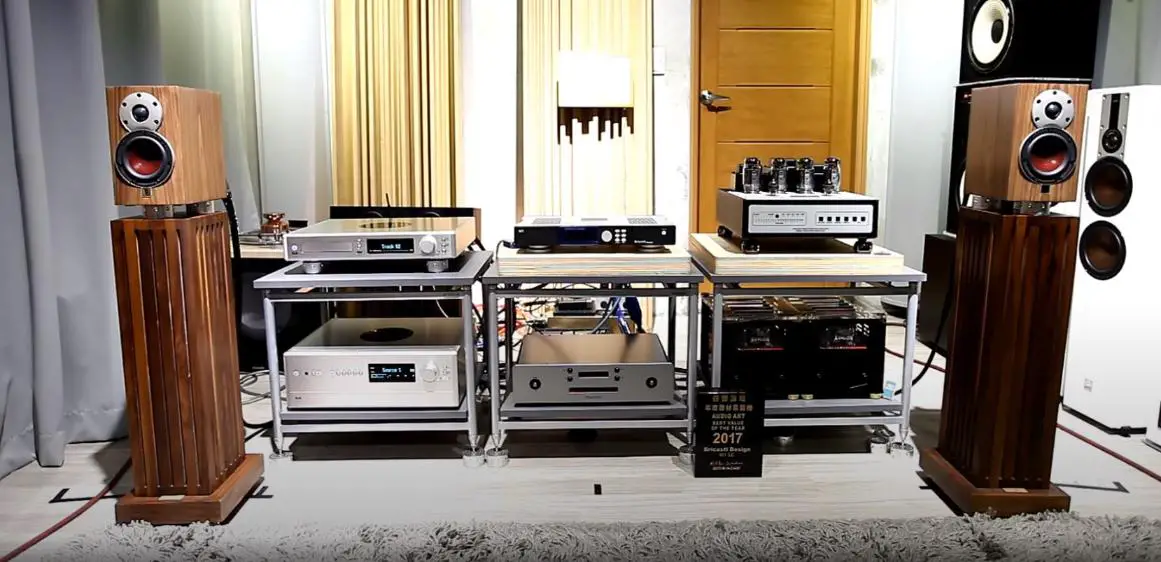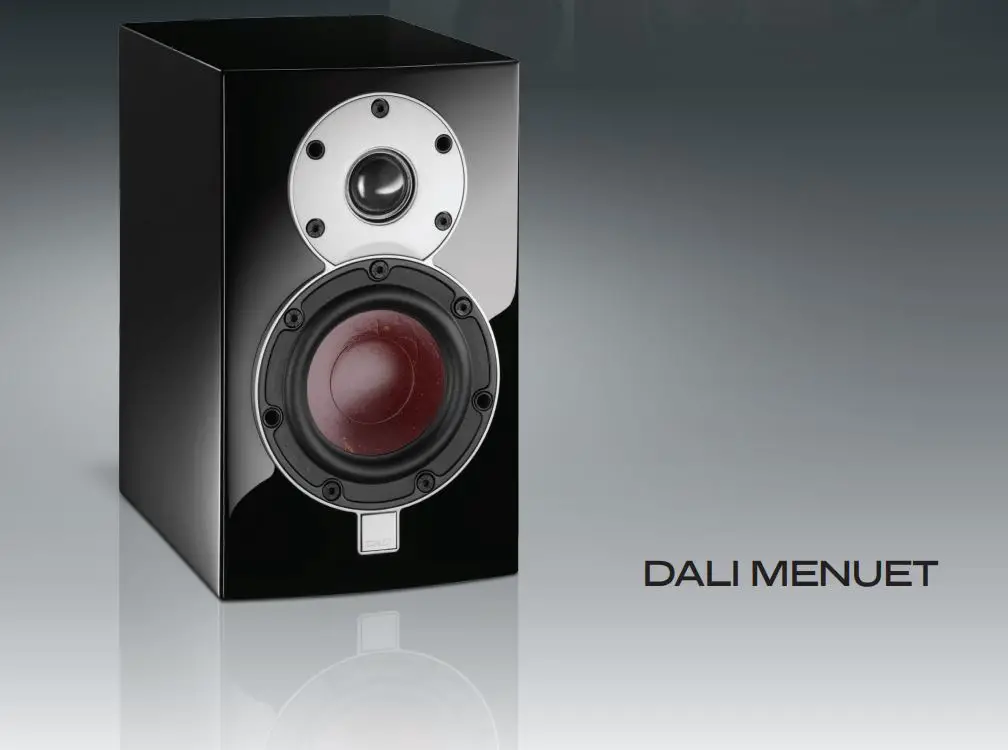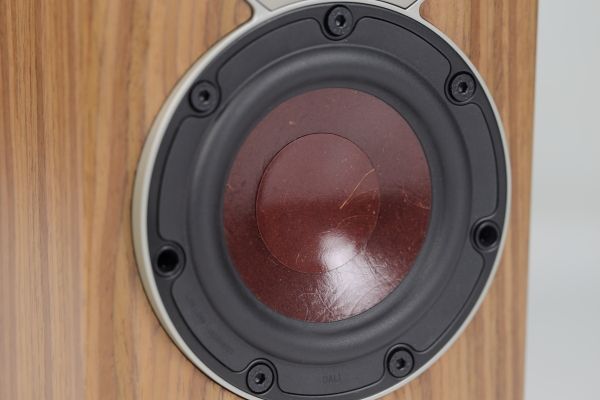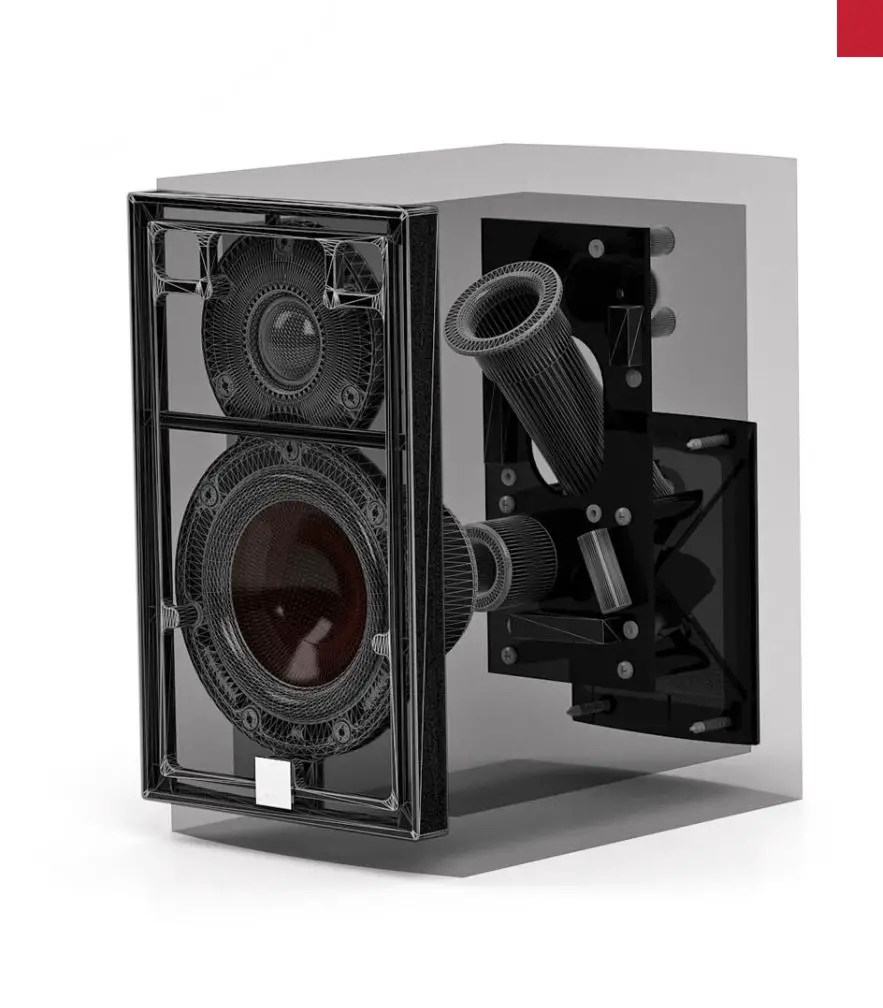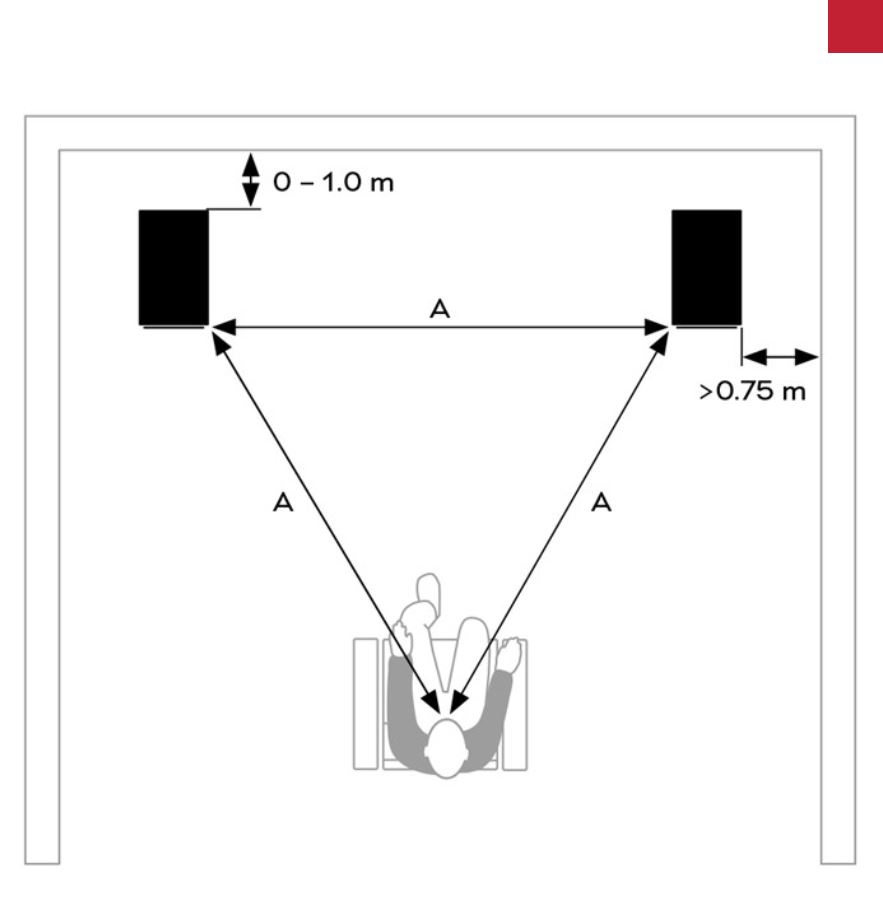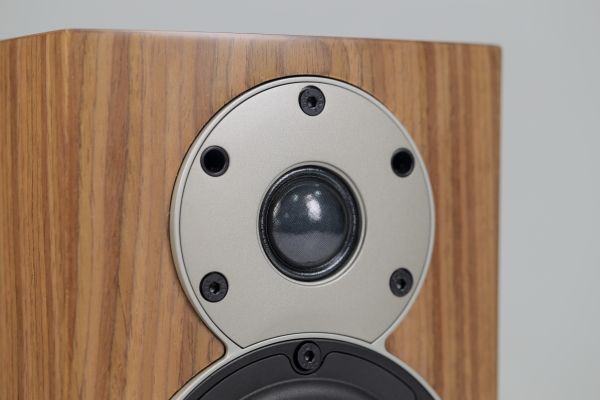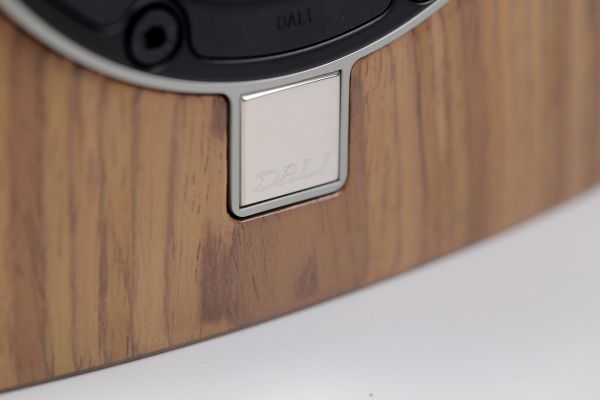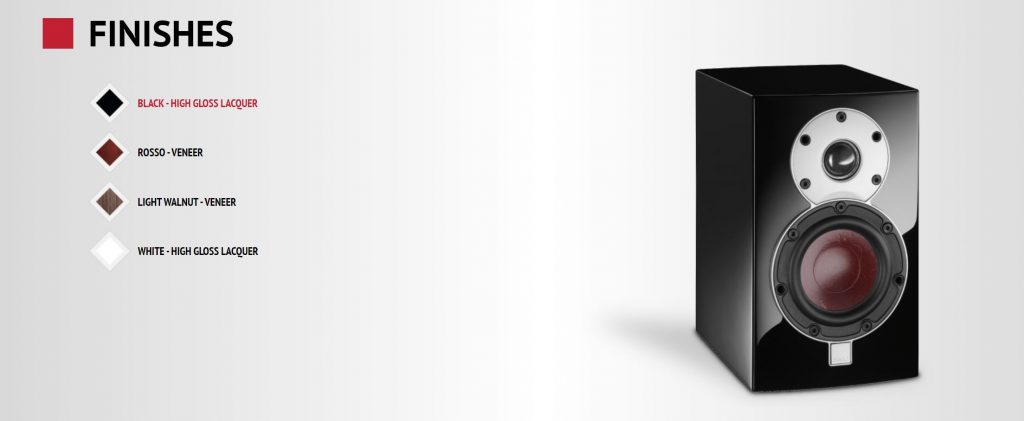Dali Menuet Review
If you want to have a try on the classic bookshelf speakers, don’t miss Dali Menuet. In 1994, Dali first launched the Royal Menuet bookshelf speaker. Although the speaker’s appearance is simple, the solid artistry and Dali’s effort on this small speaker reveal that it might not be that simple as it looks.
The speaker is small, but it is impressive. The sound performance, its wide sound field and magnificent momentum, is nothing like what such a small speaker can present.
After more than 20 years, many Dali speaker product lines have disappeared, but the Menuet has always been popular among audiophiles. During this period, it has undergone several revisions. Until now, the appearance has been different from that of the past, and the shape and design are more modern.
Of course, it also incorporates Dali’s latest technology. However, if you visit the official website, you will find that Menuet is not affiliated with any series but is on its own. That shows that the Dali attaches great importance to Menuet, the classic speaker.
Design
Although it has gone through many generations, Menuet has always remained the same. Dali also emphasized that Menuet uses a 28mm tweeter, which is a relatively large tweeter. In this way, although the high frequency’s upward extension may be limited due to the increase in the size of the monomer, it increases the downward extension. In this way, you can have the best frequency connection with the mid-bass.
In addition, the frequency range above mid-treble is all taken care of by the tweeter. A larger tweeter can also provide better dynamic performance above the mid-treble range. Although the diameter is enlarged, the weight is lighter.
Dali stated that this tweeter diaphragm is 30% lighter than the general tweeter diaphragm. Moreover, neodymium magnets are also used in the tweeter, which has a stronger magnetic effect and better control over the unit’s movement.
The mid-bass unit has a small size, only 4.5 inches. The unique feature lies in its diaphragm material. Dali is most proud of the Wood Fibre Cone they developed. This material is commonly used in many of their series of speakers. Even the flagship Epicon series also uses this wood fibre cone technology.
Its most significant advantage is that it is lighter but stronger. The surface of the diaphragm is not flat, which can reduce the energy accumulated in front of the diaphragm when the coil moves. Energy can cause resonance, and once this unwanted energy is reduced, it helps to reduce sound interference and increase detail.
On the other hand, with the soft rubber suspension, the movement of the monomer is smoother, and the energy loss can also be reduced.
In addition, Dali also emphasized that the key to achieving the best performance of the speaker unit is the new version of the crossover, which reduces the energy loss as much as possible, but makes the frequency connection between the two units smoother.
As in the past, the cabinet is made of MDF, the structure is quite solid, and the artistry is exquisite. The wood processing is meticulous, completely seamless, and it does feel smooth to touch.
The front and rear have a slight arc, which increases the overall liveliness of the speaker. This design is similar to the Rubicon series speakers. If you look at the two and don’t pay attention, I am afraid that you will confuse the Menuet and the Rubicon 2, which is also a bookshelf.
However, the two sizes are much different. The height of Menuet is only 25 cm, and the width is 15 cm. The box size and internal volume have been calculated carefully to meet the needs of the performance of the unit. Dali attaches great importance to the box structure of the speaker. A solid and stable design can reduce the resonance of the box, which is helpful to the sound.
Menuet’s bass reflex port design is also unique. Generally, the bass reflex port of the speaker is mainly on the back or front of the speaker, and the airflow channel is a straight pipe extending horizontally into the box. That was the design of Royal Menuet in the early years.
In the new version of Menuet, the bass reflex port is opened above the speaker’s binding posts, and the tube extends upward into the box at an oblique angle. The most significant advantage of this design is that even if the speaker is against the back wall, there is room for air circulation.
Generally, if the speaker is placed on the wall, the audio company will design the bass port in the front. The Menuet is already small enough, and the big tweeter is added, so the front baffle is not easy to accommodate a reflective port. So that port design is really clever.
The listening room has a space of more than 20 square meters, which is too large for any bookshelf speakers. Even Dali said that using Menuet should avoid spaces that are too large and too reflective. However, in order to test the limit of the speaker, I deliberately tried this.
The user manual instructs users no need for the toe-in position, and the speaker can be placed in an equilateral triangle with the listener. According to my previous experience when listening to the Rubicon 8 floor speaker, let the front of the speaker face forward without any inward tilt, and the sound is the most open and natural.
Sound Performance
The matching equipments I used for the testing are Cambridge Audio Stream Magic 6, and the amplifier is McIntosh MC275 MK IV integrated amplifier.
When paired with McIntosh MC275 MK IV, Dali Menuet fully demonstrates its vitality. The sound is quite open, the sense of energy is sufficient. It is not like the sound that such a small speaker can make. Although the bass is not very sufficient, it still makes people hear the music details. Besides, I listened to it in a large space. If I replaced it with a three or four-square-meter space, the bass would be richer.
According to the user manual, the high frequency can reach up to 25KHz, but I don’t think the treble of Menuet is an elegant and ethereal type, but a clean and dense feeling.
The midrange performance is impressive. It has the thickness and a little warmth and sounds non-aggressive. The outline of the music is not exaggerated, nor does it lean forward. It sounds pretty comfortable. The midrange resolution is excellent. Whether it is vocal singing or playing instrumental music, most of the sounds you hear fall in the mid-range. If the mid-range is handled well, the music replay will be stable.
I used Rimsky Koshakov‘s “Schererazade” (BMG, 09026-68168-2) conducted by Fritz Reiner of the Chicago Symphony Orchestra to test Menuet’s ability. The dynamics of the music are excellent, and the recording effect is outstanding. It is a masterpiece of Lewis Layton. Use a small bookshelf speaker to listen to this kind of record? Yes, maybe not every pair of small bookshelf speakers can reproduce the majestic momentum of the music. But Menuet presents the music to a full scale that satisfies me.
The beginning of the first song, showed a sense of enormous scale, with a deep and wide sound field, and in such a large space. Sitting in front of the speaker, I could hear a sound that maintained a suitable thickness. You know, this space has diluted a lot of energy, and Menuet can also make the sound show a sense of solidity, which is evident in its strength.
Not only is the thickness of the sound, but also the sound image is calm and clear. The violin is soft and shiny, and the denseness of the bass string part reaches the high level of a bookshelf speaker. I can’t believe that the bass only 4.5 inches.
Listen to the American folk singer Eva Cassidy. The preluse of the music is a section of guitar strumming. The guitar used here is different from the steel-string acoustic guitar commonly used in popular and folk music, but a nylon-string guitar. So the high-pitched part is softer and gentler, without such a solid metallic feeling.
Eva Cassidy’s voice is condensed and tangible, not as bloated and fat as some fever recordings deliberately created, but with a clear sense of outline. The labiodental sounds are not particularly emphasized, but the information is already enough to restore the scene to a certain extent. When singing softly, the words are still clear, and the singing voice at the end of the song is full of strength.
Conclusion
No matter what music is played, Menuet can always show its momentum and scale beyond the volume. It has an amazing aura beyond the size. It has a clear and positioning. The three-dimensional presentation of the sound field is outstanding. The tone is always smooth and natural. There is no abruptness in the whole frequency range without making people feel irritated and uncomfortable.
Listening to music is supposed to be a fun thing. Menuet was born to let people enjoy music. If you have enough budgets, you can find more expensive speakers. If you have enough space, you can, of course, buy floor-standing models. However, if your budget is limited, you have requirements for sound performance. While you have the small listening space, and you want to enjoy the momentum like a floor-to-ceiling speaker, Menuet is made for you.
Dali Menuet Specs
- Frequency Range (+/-3 dB) [Hz]: 59 – 25,000
- Sensitivity (2,83 V/1 m) [dB]: 86.0
- Nominal Impedance [ohms]: 4
- Maximum SPL [dB]: 105
- Recommended Amplifier Power [W]: 20 – 100
- Crossover Frequency [Hz]: 3
- High frequency driver, Quantity: 1 x 28 mm
- High frequency driver, Diaphragm type: Soft Textile Dome
- Low frequency driver, Quantity: 1 x 4 1/2″
- Low frequency driver, Diaphragm type: Wood Fibre Cone
- Enclosure type: Bass Reflex
- Bass Reflex Tuning Frequency [Hz]: 63.0
- Connection Input: Single Wire
- Magnetic Shielding: No
- Recommended Placement: On-Wall / Shelf or stand
- Recommended Distance From Wall [cm]: > 2
- Dimensions With Base (HxWxD) [mm]: 250 x 150 x 230
- Weight [kg]: 4.1
